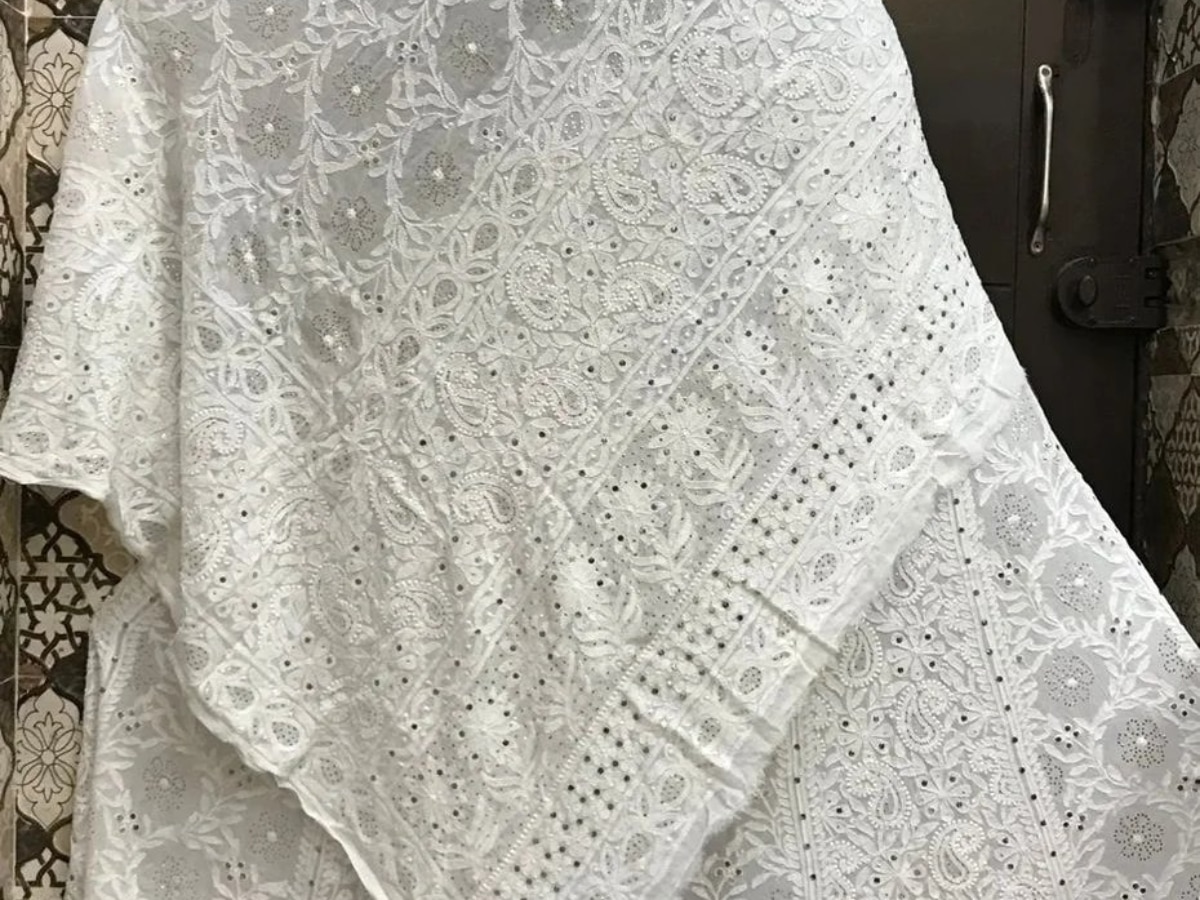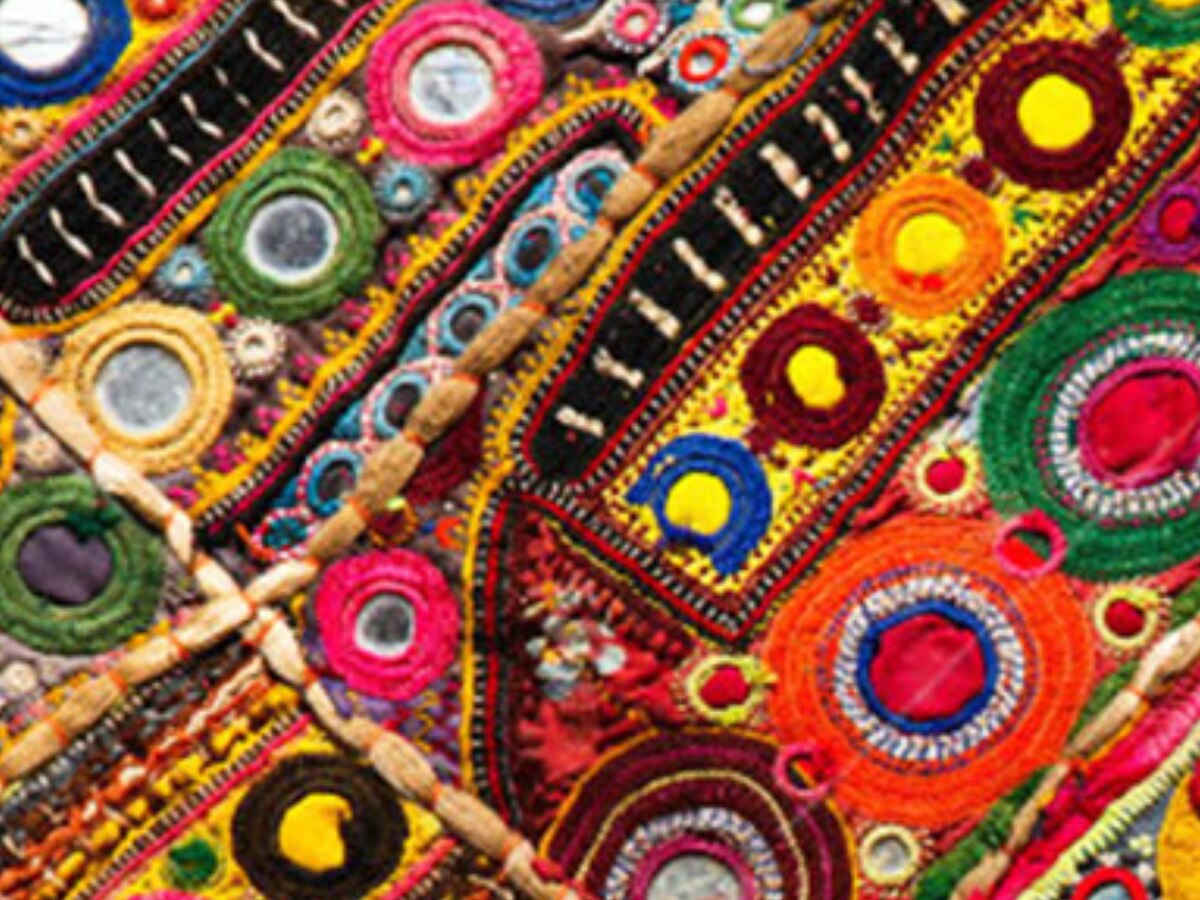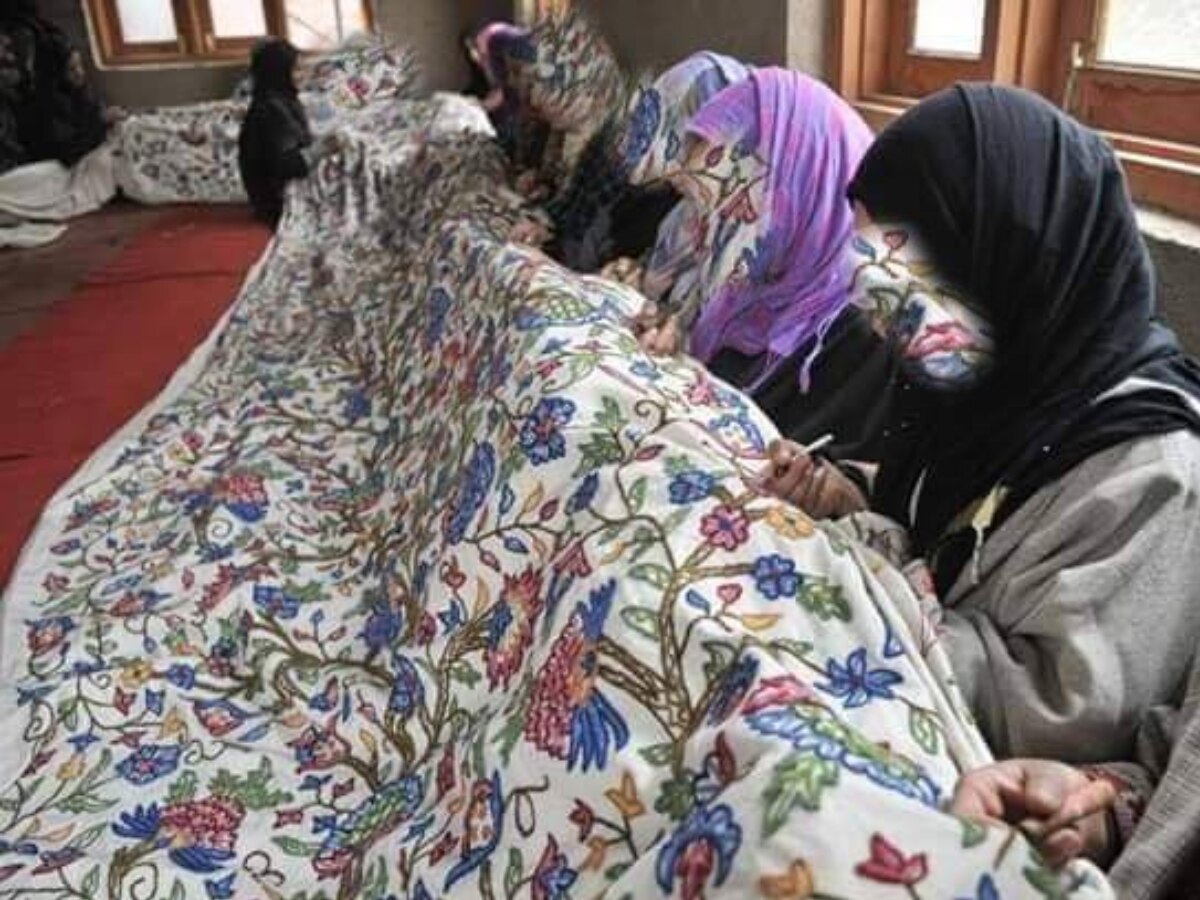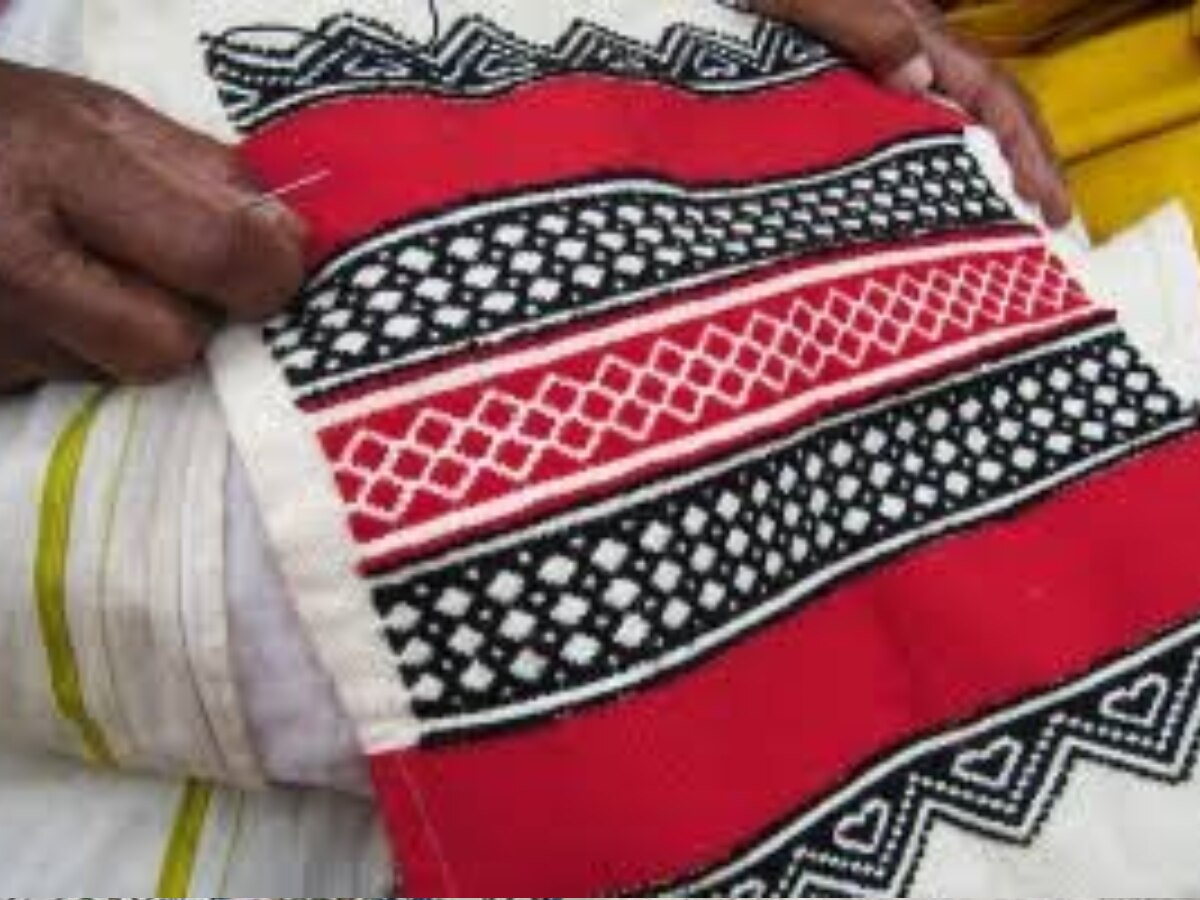[ad_1]
New Delhi: The art of embroidering involves using a needle to attach thread or yarn to the cloth or other materials to decorate them. Pearls, beads, quills, and sequins are a few other materials that can be incorporated into embroidery. Today, embroidery is typically found on items like caps, headgear, coats, blankets, overlays, dress shirts, jeans, dresses, stockings, and golf shirts.
There are many different threads or yarn colours that can be used for embroidery. Chain stitch, buttonhole, and blanket stitch are a few of the fundamental methods or stitches used in the first embroidery.
Indian culture is a combination of many cultures, from tribal to foreign. Every state in India produces a unique variety of embroidery, all of which have fascinating histories and intricate designs.
6 Famous Embroideries In India:
Let’s look at 6 Indian traditional embroideries that have a competitive edge in the fashion world:
1. Chikankari:
It is said that Jahangir’s wife Noor Jahan, who was from Lucknow, introduced Chikankari. Although it originally only came in white embroidery on white fabric, it is now offered in every colour imaginable. This needlework is created by stitching over patterns that have been drawn on a number of fabric types, including cotton, silk, chiffon, net, and muslin. Originally, natural (flora and animal) motifs were depicted using white thread, but nowadays, coloured threads are also employed. Chikankari is famous for ‘shadow work’.

2. Shisha or Mirror Work:
Mirrorwork was first carried to India by Iranian travellers in the seventeenth century and was initially created using Mica. Mirrorwork is popular in Rajasthan, Haryana, and Gujarat, but uses and styles vary by location and preference. Mirrors (of various sizes and shapes) are sewn into clothing using a particular cross-stitch technique, and the fabric is then embellished with additional cross-stitches to enhance the overall aesthetic appeal of the garment.

3. Aari Embroidery:
The name of this embroidery comes from the hooked, sharp needle, which is used for this technique. A lead pencil was first used to sketch the design on the fabric for an Aari, and then a needle was used to poke holes following the lines of the design. The threaded needle was then inserted into the fabric, coming up with a loop on it. The intricate stitch patterns let Aari work develop into a distinct art form through this process. Stoles, shawls, pherans, kurtas, and other items are produced with Aari work. The first Aari work in India was performed by the Muslim community.

4. Toda Embroidery:
Tribal men and women stitch shawls in this distinctive manner that is famous throughout Tamil Nadu. Poothkuli is the name given to the shawls with Toda needlework, and the motifs are created by counting the threads. The threads used to make the cotton fabric are red and black. It portrays the environment and animals of the area and is influenced by local legendary tales.

5. Kantha Embroidery:
Kantha needlework originated in East Indian states including West Bengal, Odisha, Tripura, and Bangladesh, and is primarily done by rural women. In Kantha embroidery, different motifs of flowers, animals, celestial objects, and geometric patterns are stitched into the fabric, giving it a wavy and wrinkled appearance. Originally, this needlework was employed for sarees, dhotis, and quilts, but over time, it changed and became the core of Indian fashion. The yarn is taken from old saree borders, and the pattern is copied before being covered with running stitches.

6. Phulkari:
Phulkari is a form of needlework that originated in Punjab’s rural areas and is mentioned in the folklore of Heer Ranjha. Its current form dates to the time of Maharaja Ranjit Singh in the fifteenth century. Phulkari, which translates to “flowery craft,” refers to both motifs and geometrical shapes in addition to flowers. The use of a darn stitch with coloured silken thread on the back of coarse cotton fabric defines Phulkari embroidery. Large pieces of cloth that are traditionally used as phulkari include Chope, Tilpatra, Neelak, and Bagh.

[ad_2]
Source link


